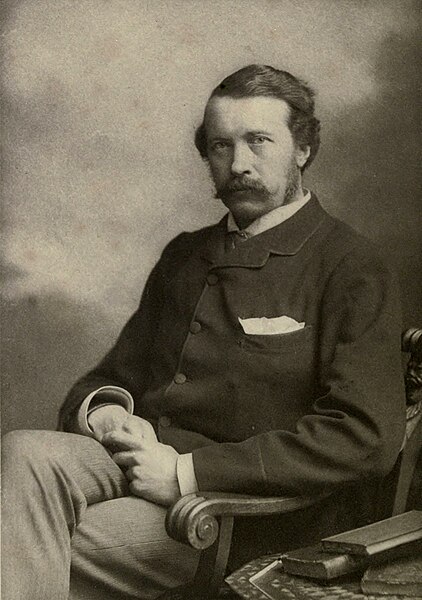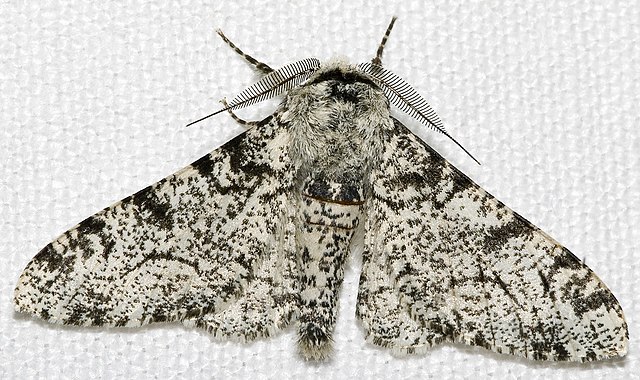Neo-Darwinism is generally used to describe any integration of Charles Darwin's theory of evolution by natural selection with Gregor Mendel's theory of genetics. It mostly refers to evolutionary theory from either 1895 or 1942, but it can mean any new Darwinian- and Mendelian-based theory, such as the current evolutionary theory.
Friedrich Leopold August Weismann, considered the "founder of Neo-Darwinism" for expanding Darwin's theory along genetic lines
George John Romanes originally used Neo-Darwinism in 1895 to refer to an early modification of Darwin's theory. Photograph by Elliott & Fry (1896)
Evolution is the change in the heritable characteristics of biological populations over successive generations. It occurs when evolutionary processes such as natural selection and genetic drift act on genetic variation, resulting in certain characteristics becoming more or less common within a population over successive generations. The process of evolution has given rise to biodiversity at every level of biological organisation.
White peppered moth
Black morph in peppered moth evolution
Male moor frogs become blue during the height of mating season. Blue reflectance may be a form of intersexual communication. It is hypothesised that males with brighter blue coloration may signal greater sexual and genetic fitness.
The common garter snake has evolved resistance to the defensive substance tetrodotoxin in its amphibian prey.






